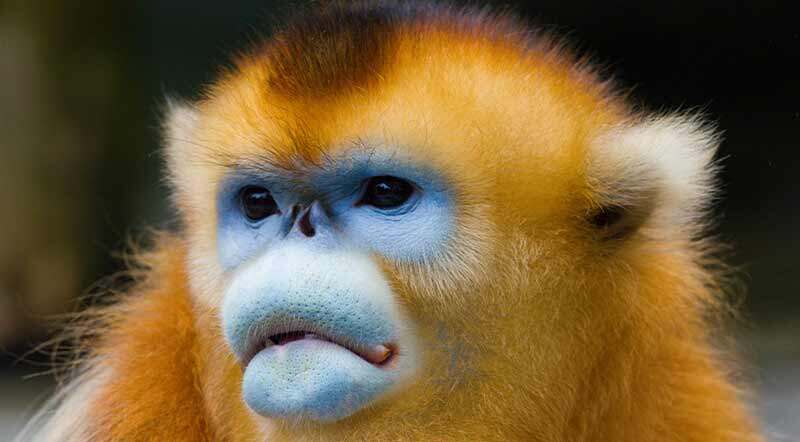A new study from The University of Western Australia has revealed decorative features such as vibrant fur, striking beards and elaborate body ornaments in primates are essential for communication between different groups.


The study was published in Evolution Letters and led by Associate Professor Cyril Grueter, from UWA’s School of Human Sciences.
“These ornaments, often seen as signals of an individual’s genetic quality and physical prowess, were found to play a crucial role in interactions among unfamiliar groups,” Associate Professor Grueter said.
Researchers analysed data from 144 primate species and discovered those with more overlapping home ranges, or areas shared with neighbouring groups, displayed higher levels of ornamentation.
“In simpler terms, species living in close proximity to others tend to have more pronounced and diverse ornaments,” Associate Professor Grueter said.
“Ornaments are particularly useful where individual recognition suffers or fails, for example when meeting unfamiliar outsiders.”
The study found interactions between groups were notably less aggressive when there was greater overlap in their home ranges.
The results suggest the markers have evolved not only to ease tensions with potential adversaries and facilitate interactions with prospective mates within groups but also between different groups.
“These findings highlight the significant, yet often overlooked, role of ornaments in cross-group communication, Associate Professor Grueter said.
“It sheds new light on the function of these traits beyond just signalling within an individual’s own group.”






































